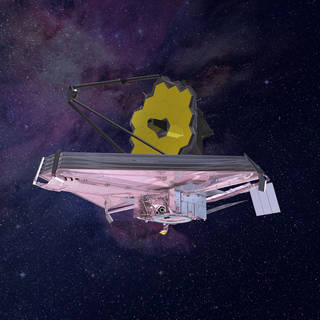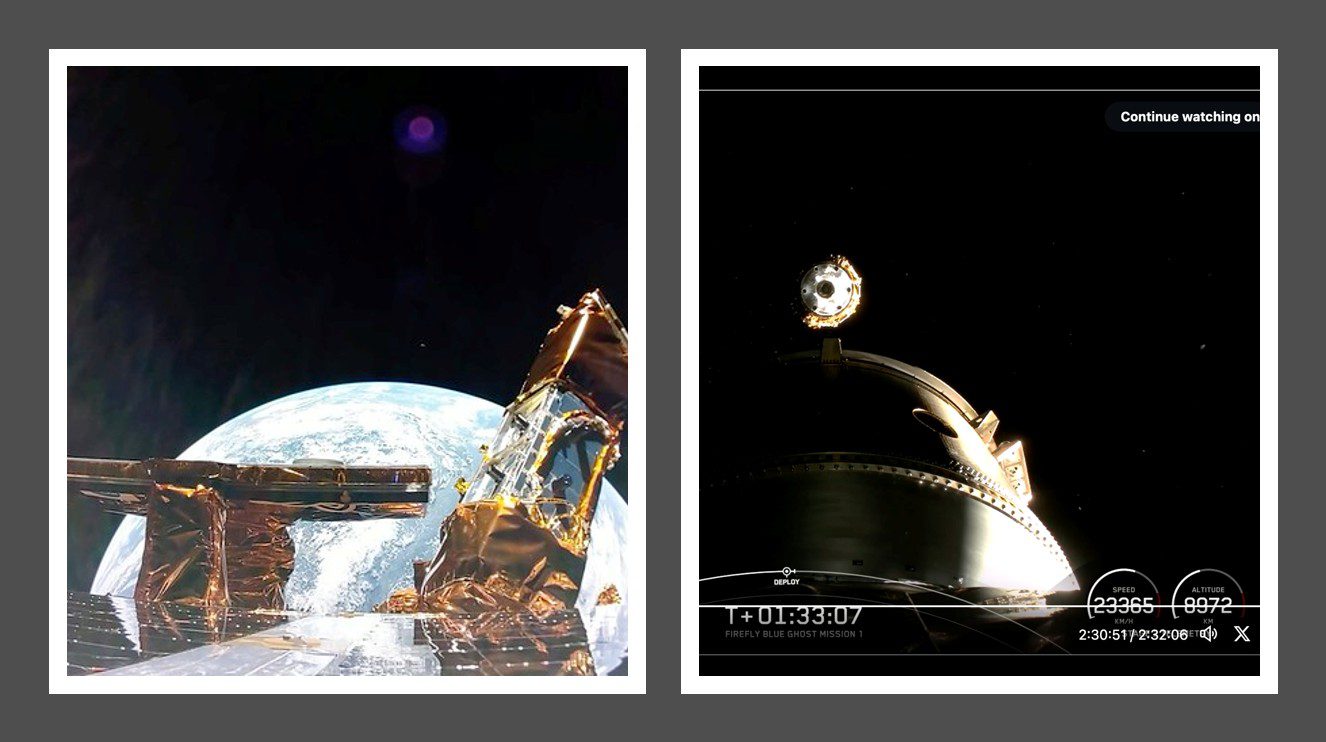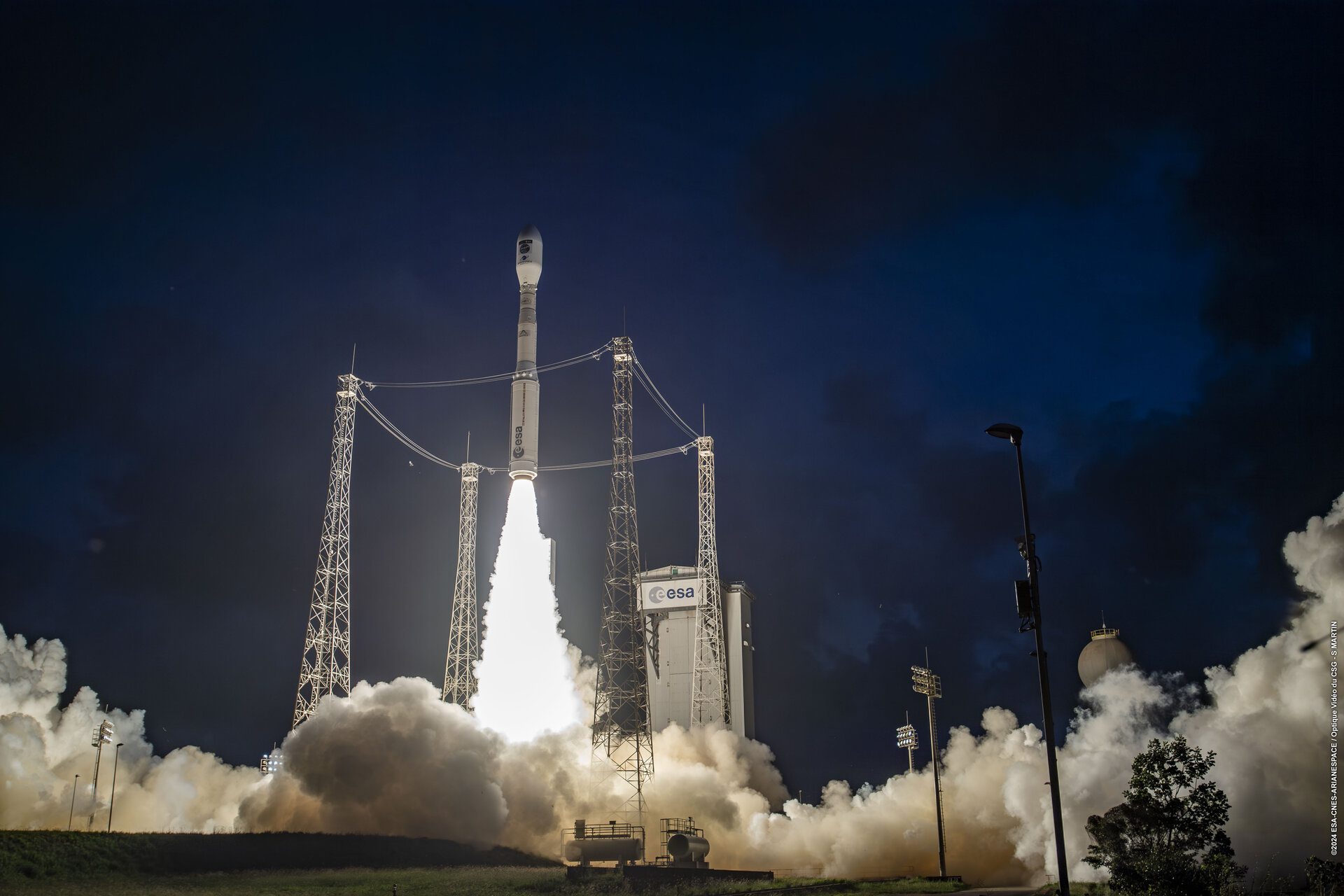After a painstaking operation during its four weeks post-launch, engineers at NASA confirmed that the James Webb Space Telescope (JWST) had all its key pieces (sun shield, secondary and primary mirrors etc) properly deployed, erected and locked into place. However, there was one thing left to do to reach at least the testing stage: insertion into its operational position.
After a 297 second burn of its engines at 1900 GMT on 25 January, NASA confirmed that the JWST had entered a “halo” orbit around the Sun-Earth L2 Lagrange Point – the position from where the Sun and Earth’s gravity fields are balanced – and where the JWST will make its observations. NASA Administrator Bill Nelson applauded the step: “Congratulations to the team for all of their hard work ensuring Webb’s safe arrival at L2 today,” he said.
The space telescope is now able to start testing its infra-red optics. This testing stage remains a worry as it was at this point that optical faults were discovered on JWST’s illustrious predecessor the Hubble Space Telescope (HST). Given its low Earth orbit, HST was able to be fixed by astronauts applying optical correction devices. However, JWST’s Sun-Earth L2 location, one million km from Earth, makes such repairs to its systems very unlikely.







